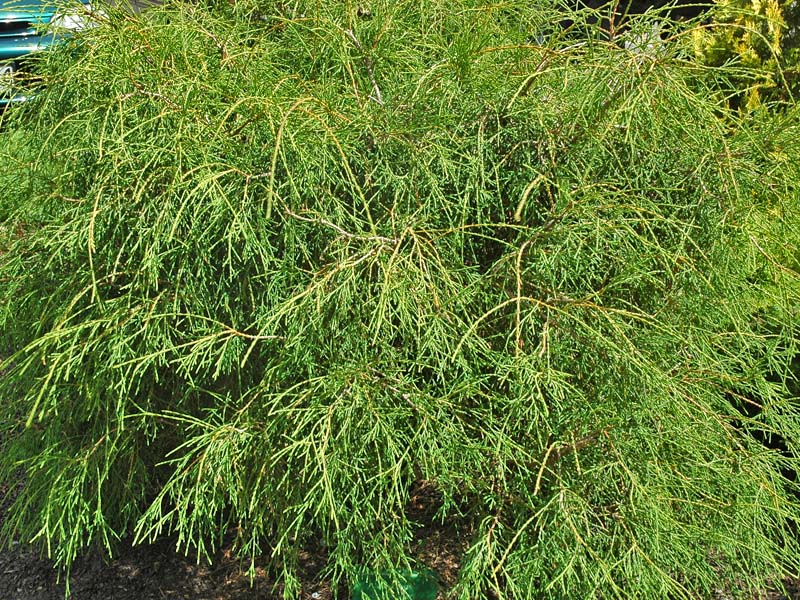
Woody > Juniperus > Juniperus occidentalis > Juniperus occidentalis
Juniperus occidentalis
Western Juniper
Origin: Native to the western United States of America.
Mike's
Opinion


"
Juniperus occidentalis is widely seen in western landscapes on mountainsides. Over the past 150 years the Western Juniper has been documented to have covered over 42 million acres. Its grey-green colour and thick trunk makes it a perfect candidate to thrive in the harsh conditions found in this environment.
Michael Pascoe, NDP., ODH., CLT., MSc. (Plant Conservation)
"
| Family |
| Cupressaceae |
| Genus |
| Juniperus |
| Species |
| occidentalis |
| Category |
| Woody |
| Type |
| Tree (evergreen) |
| USDA Hardiness Zone |
| 6a - 9b |
| Canadian Hardiness Zone |
| 5a |
| RHS Hardiness Zone |
| H7 - H3 |
| Temperature (°C) |
| (-21) - (-1) |
| Temperature (°F) |
| (-5) - 30 |
| Height |
| 10 m |
| Spread |
| 8 m |
Photographs
Description and Growing Information
Flowering Period
| Cultivation |
| Well drained, moist soils. Is very drought tolerant and can succeed in hot dry climates. |
| Shape |
| Rounded. |
| Growth |
| Slow |
| ID Characteristic |
| Stiff looking upturned branches with a thick chunky trunk, often the crown is divided into 2 or 3 thick forks presenting a broader look. |
| Habitat |
| The western mountains in Western Oregon, Nevada, Idaho, California and Eastern Washington. |
| Bark/Stem Description |
| Mature bark is thin, furrowed and has an almost shredded look, a greyish brown colour. |
| Flower/Leaf Bud Description |
| Cones are yellow and small, ovate located at the end of the branches. |
| Leaf Description |
| Short, pale, ashy-green scale like leaves, arranged in opposite decussate pairs of 3, reaching 5-10 mm in length. Each leaf is distinctly marked with a white glandular pit on its back. |
| Fruit Description |
| Berries are blueish-black with a glaucous finish, berries hold 1-4 brown berries. |
| Colour Description |
| Pale-light green foliage colour that does not change throughout the year. |
| Texture Description |
| Coarse texture. |
| Ethnobotanical Uses (Disclaimer) |
| Its wood is used for a wide range of commercial products such as wood panelling, interior studs, particle board, veneer and plywood. |
References
"The Green World Forestry". Catherine L. Raven, Chelsea House Publishing 132 West New York
Bean. W. "Trees and Shrubs Hardy in Great Britain". Vol 1 - 4 and Supplement, Murray 1981
